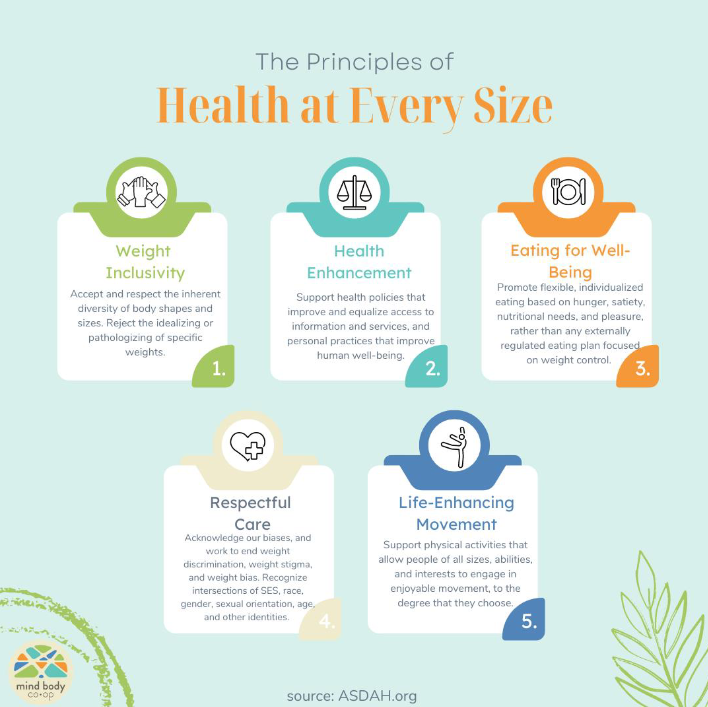Eating Disorders
1/13
Earn XP
Description and Tags
Made by @agreyr
Name | Mastery | Learn | Test | Matching | Spaced |
|---|
No study sessions yet.
14 Terms
DSM-identified eating disorders
Anorexia Nervosa, Bulimia Nervosa, Binge-Eating Disorder
Anorexia Nervosa
Voluntary self-starvation despite more response to the presence of food than controls
Complex combination of genetic, endocrine, personality, cognitive, and environmental factors
Similar symptoms to Bulimia Nervosa, often difficult to distinguish
Bulimia Nervosa
Bingeing and purging
Similar symptoms to Anorexia Nervosa, often difficult to distinguish
Binge-Eating Disorder
Tendency to gorge oneself way past the point of fullness
Causes not well understood but thought to involve over activation of dopamine reward mechanisms
Obesity
Determined based on Body Mass Index (BMI)
Body Mass Index (BMI) calculation
kg/mxm OR 703(lb/inxin)
Starvation BMI category
Under BMI 15
Underweight BMI category
BMI 15 to 18.5
Normal BMI category
BMI 18.5 to 25
Overweight BMI category
BMI 25 to 30
Obese BMI category
BMI 30 or higher
Weight loss treatment
Is often extremely difficult; minimal success rates
Should ideally involve both diet and exercise
Requires permanent, substantial lifestyle changes; minimal evidence of long term success
Utility of drugs/supplements or surgery; strictly complementary to lifestyle changes
How can drugs promote weight loss?
Decreasing appetite, increasing metabolism, inhibition of fat tissue, blocking absorption of calories, reducing reward/cravings for specific foods, decreasing meal size (make you feel fuller faster)
To perform these functions, drugs may act in the CNS or the digestive tract
Health at Every Size (HAES)
Weight loss doesn’t have to be a goal; instead, the idea is to support people in adopting healthy habits for the sake of health and well-being (rather than weight control)
Recognizes that health and fitness can exist at all sizes
